By Lillian Sizemore, August 16, 2011
A recent study published by architect David Agulló Galilee, and geologist Daniel Barbé Farré, in the Spanish history journal, Sàpiens, indicates that a psychiatric hospital known as Sant Boi de Llobregat, now links to the work of Antoni Gaudí as a testing site for the ideas employed at Park Güell and Sagrada Familia. The undulating tile mosaic benches of Sant Boi were completed in 1912, two years before the construction of the famous benches at Park Güell. They are both decorated with trencadís, the broken tile technique that is the hallmark style attributed to Antoni Gaudí, (1852–1926) as well as his collaborator, Josep Maria Jujol Gibert (1879-1949).
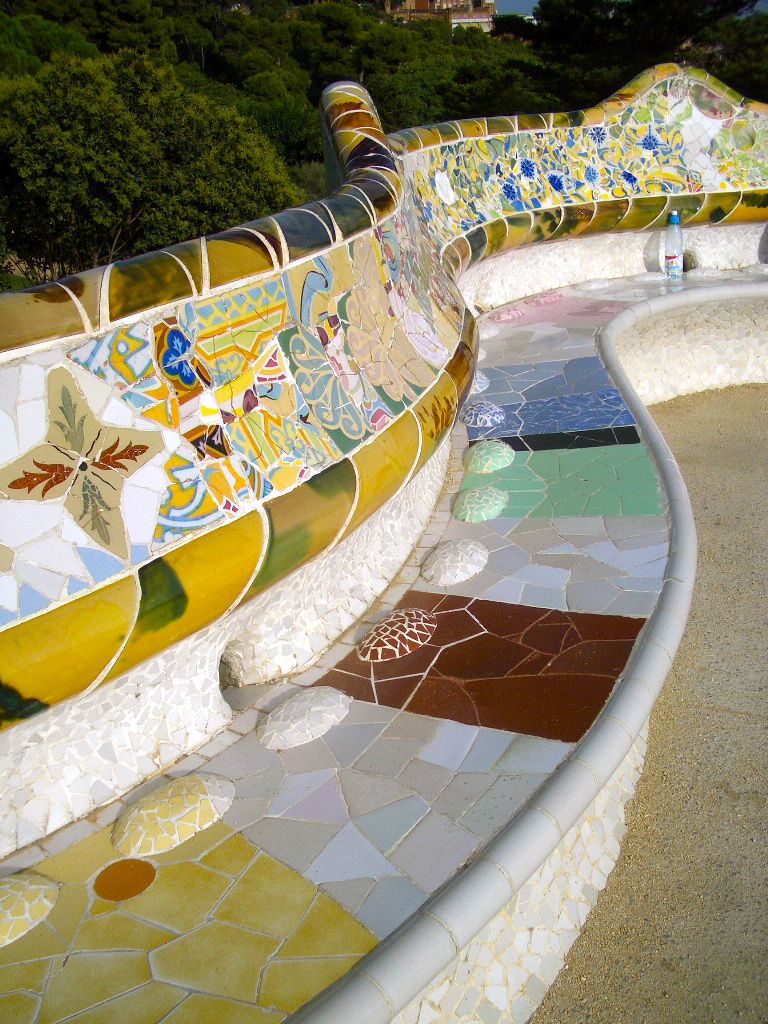
Undulating trencadís benches at Park Güell, Barcelona, photo by author
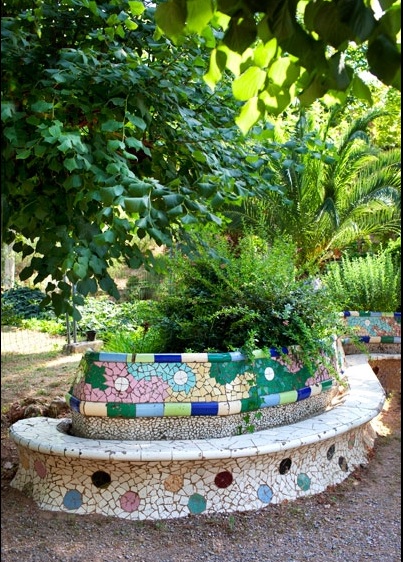
This bench covered with broken tile known as trencadís, was constructed in 1912. Park Güell was completed in 1914. Photo Enrique Marco, courtesy Sàpiens
The researchers suggest that serpentine benches were executed by the patients themselves, as an early experiment in what is now considered “art therapy”. A close inspection of the tile setting patterns in the hospital benches show experimentation and variation with the size of the pieces, along with crude and poorly executed placement, compared to the work at Park Güell where more professional tile setters were employed. Up to now, the hospital’s benches were considered copies, but in-depth analysis and historic documentation suggests otherwise.
It is thought that the motivation for the joyful patterns and bright colors of the bench designs were intended for the main users who were expected to be children admitted to the hospital. A children’s school had been opened on the hospital premises in 1907, five years before the benches were built.
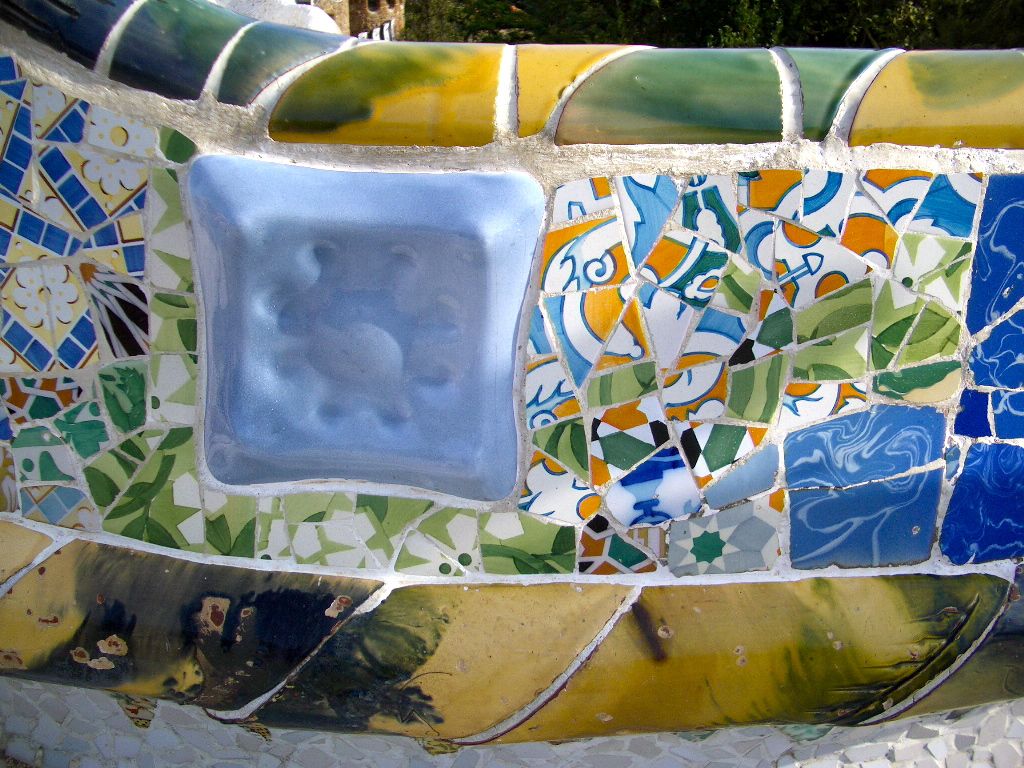
Detail of bench from Park Güell, photo by author
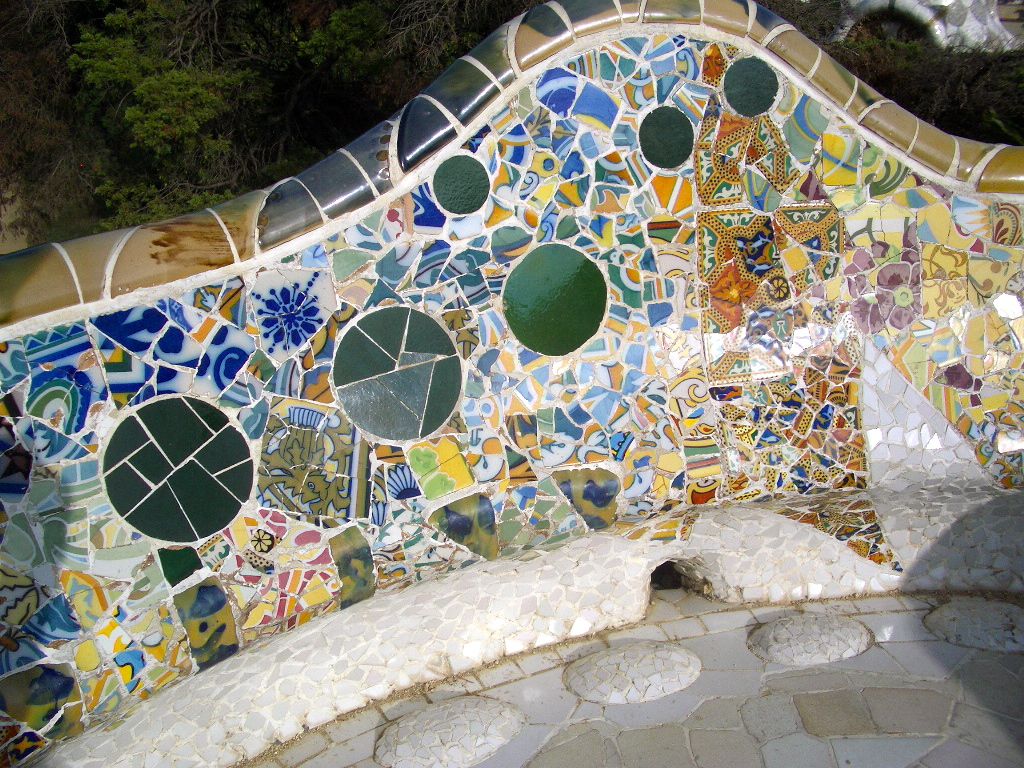
Another detail from the 1914 Park Güell benches, showing the "balls" used re-direct the rain. Photo by author

Note use of pieced circle, broken tiles and edge moulding - the parallels are evident between the earlier bench done at the Sant Boi hospital and those of Park Güell. Photo Enrique Marco, courtesy Sàpiens.
The Catalan architect Antoni Gaudí broke all the rules with his early 20th century visionary architecture, drawing both criticism and fascination for his unique buildings and gardens. His internal spiritual life melded with his technical experiments in structural engineering and study of geometry. His visions and dreams made their way into flowing rooftops and ironwork, mythological dragons, sentinel-like smokestacks and most famously, his use of broken tile as an architectural covering, known as trencadís. Through the support and creative leeway granted by his major patron, Don Eusebio Güell, Gaudí was able to accomplish some of his most important works, including the world-famous UNESCO site, Park Güell, executed between 1900-1914.
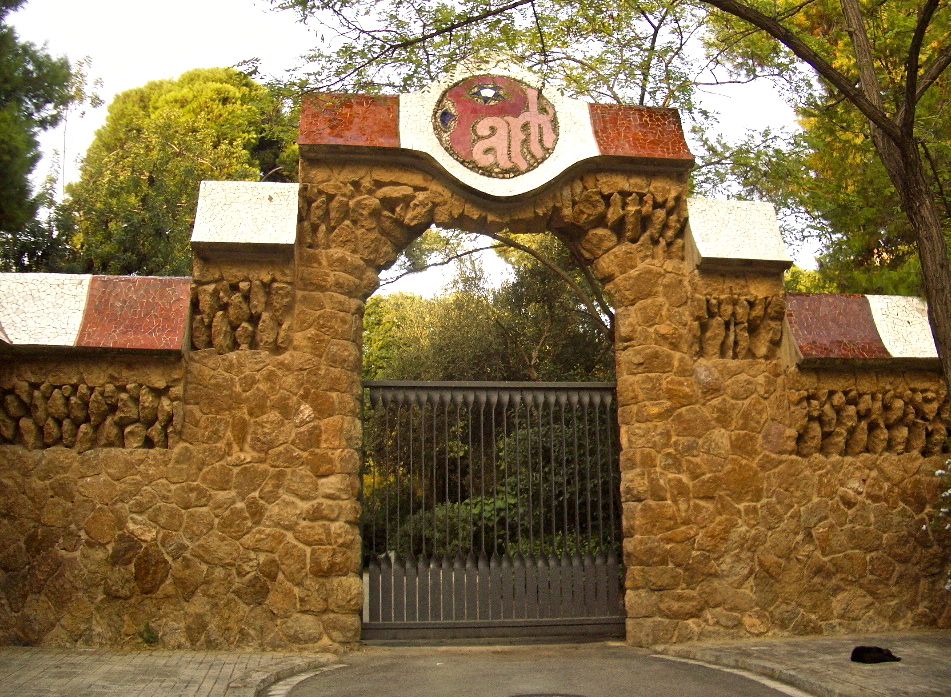
A side entrance to Park Güell, shows use of stone and tile, photo by author
Is comes as no surprise that Gaudí would have supported the idea of working at a “madhouse” filled with mentally disturbed patients. Gaudí was very sensitive, and a devout Catholic dedicated to service. As an example, he fasted for two weeks prior to beginning his work for Sagrada Familia to purify his soul and prepare himself for the divine transmission needed to accomplish this momentous task.
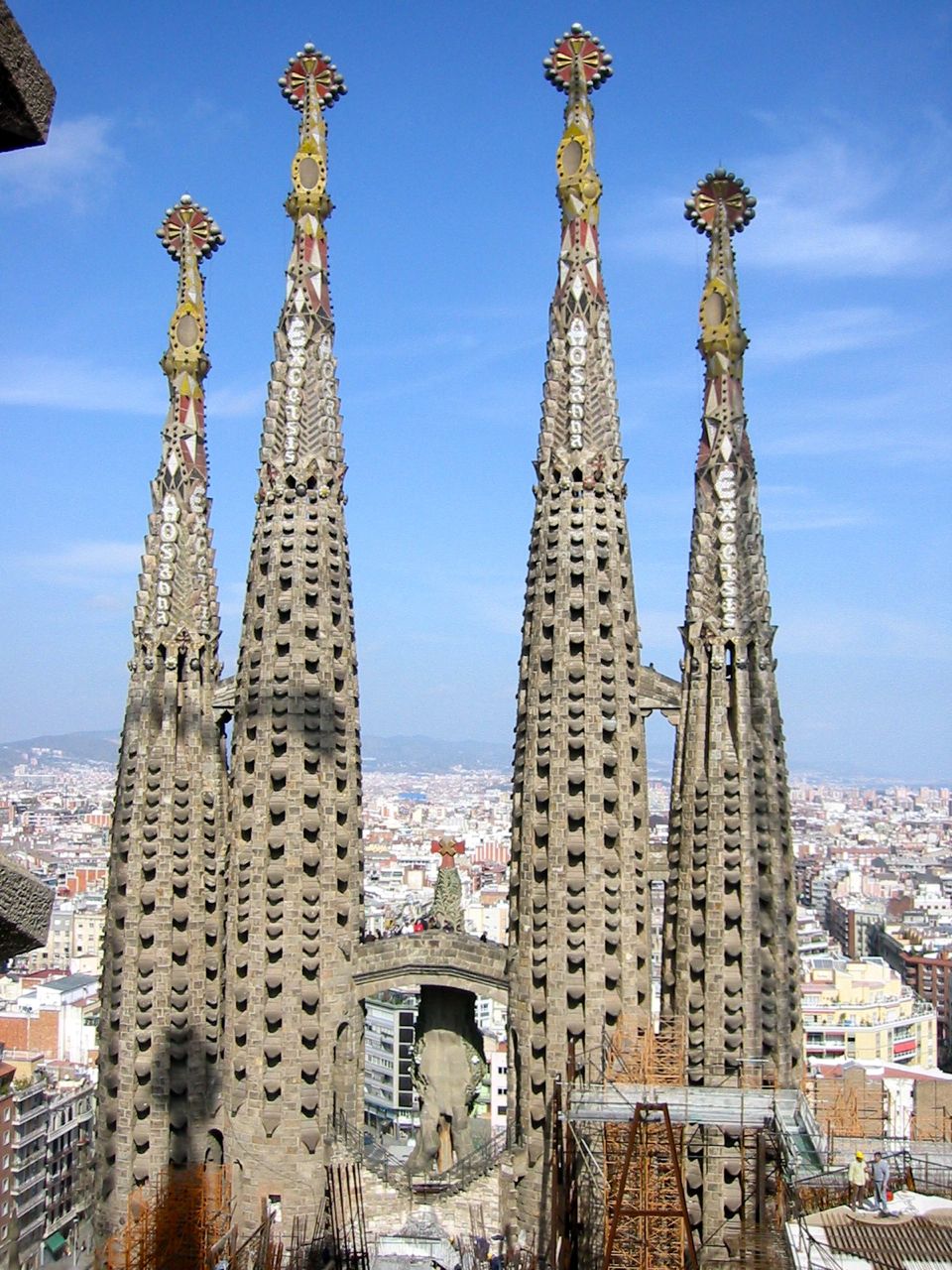
Spires of Sagrada Familia Catherdal, Barcelona, photo: Tom Chauncey
This link to Art Therapy is explained further, in an article published in The Guardian UK:
“The Sant Boi hospital was founded by the widely traveled doctor Antoni Pujadas in 1854. It was the first hospital in Spain to treat mental illness as something other than divine punishment or demonic possession. Pujadas was an advocate of ergotherapy, which treats illness through physical activity, in particular through manual work. He was also in contact with the French psychiatrist August Marie, an early advocate of art therapy, who was a regular contributor to the Sant Boi hospital’s journal.”
As early as 1908, Gaudí worked on the construction of the crypt of the Colonia Güell on land less than one kilometer from to the Psychiatric Hospital of Sant Boi de Llobregat. The hospital was managed by Gaudí’s patron, Don Eusebi Güell. Don Güell was closely associated with the hospital, and at one point, he even provided one of his houses as an isolation ward during a cholera outbreak at the hospital in the mid-1880’s.
In addition, the grounds of the hospital also include a series of caves very similar to the grottos at Park Güell, and the Sagrada Familia cathedral. The researchers believe the drawing plans served as unpublished sketches and the structures were tests for the structural theories and parabolic curves employed in the great cathedral.
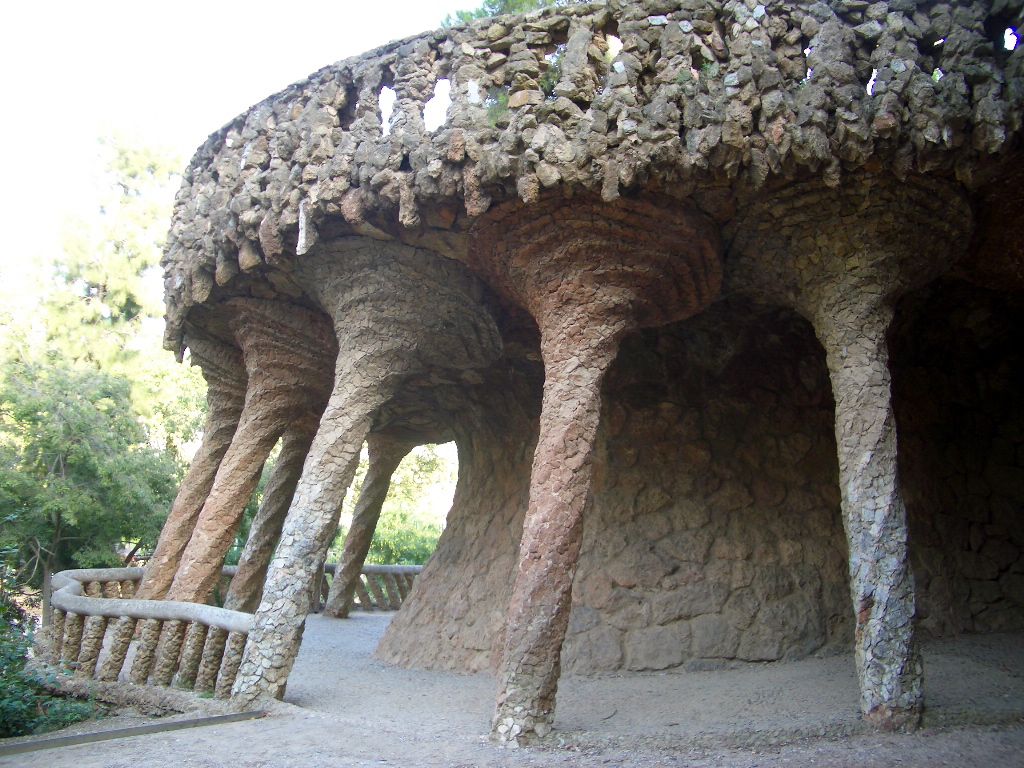
Stone Grotto structrues at Park Güell, photo by author
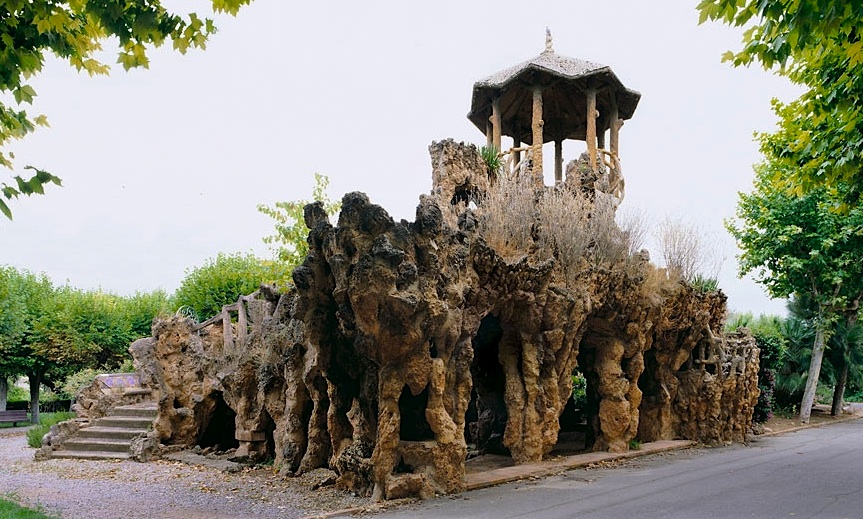
Waterfall Cave in Sant Boi, similar structural elements are found in the lower viaduct entrance of Park Güell, see image above. Photo Aleix Bagué, courtesy Sàpiens
In recent years we have seen a sharp increase in the popularity of mosaic-making. Many practitioners note the solace found in the manual activity of setting mosaics. This has propelled the medium to the forefront as a popular craft and serious art form, as well as use in therapeutic and educational settings. Most notably, mosaic-embellished walls and benches are sprouting up all over the world, often executed by untrained participants, as a healing activity to build community and cooperation. Leading artists in this field include Laurel True, whose community-based projects can be found in Oakland, Ghana, Kenya and Haiti, and Lily Yeh, whose organization uses painted and tiled projects to heal and empower.
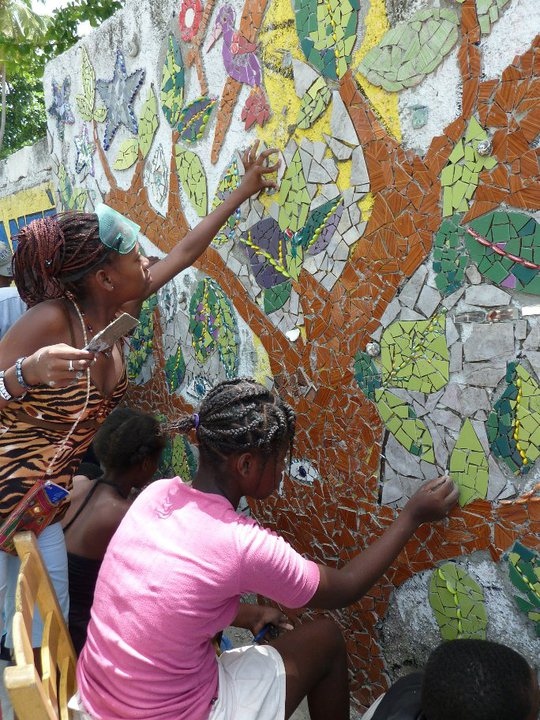
Haitian youth place broken tiles on the Tree of Life mural at Jacmel's Art Creation Foundation for Children program, facilitated by Laurel True. Photo: © Laurel True, 2010
The repetition of movement, the slowing down, the mental focus required in seeing shapes and positioning the tiles, all contribute to neurological activities which stimulate areas of the brain that activate serotonin, a hormone associated with pleasure, elevated mood, and reduced anxiety response. The pattern-seeking brain balances and harmonizes with the symmetry of both mental and manual stimulation.
One can well imagine the beneficial effects this activity may have brought to the patients of Sant Boi, working outdoors in the fresh air of their garden. The insightful doctors knew this activity would help the patients, even without access to today’s clinical tests and neurological science.
These investigations and conclusions by Professors Agulló-Galilee and Barbé-Farré have helped to accelerate current restoration efforts on the Sant Boi Hospital gardens.
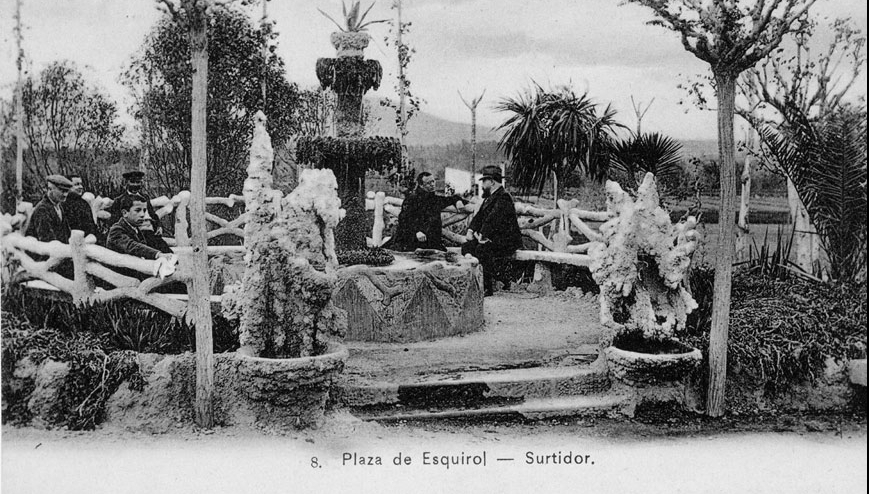
The gardens at the beginning of the twentieth century, photo courtesy Sàpiens
RESOURCES
UK Guardian Article: in English
Sapiens Magazine – More Images of the Hospital
Sapiens Issue 106 – original article in Spanish
Video: Spanish Interview with the researchers, architect David Agulló and geologist Daniel Barbé
Antoni Gaudí – includes a list of master works
Laurel True, Mosaic Art for Partners in Health, Haiti
Arts and Healing Network a clearinghouse for healing potential of art
Art Therapy and Clinical Neuroscience Paper By Noah Hass-Cohen, M.A., A.T.R.-B.C., L.M.F.T.
(Los Angeles, 2006)
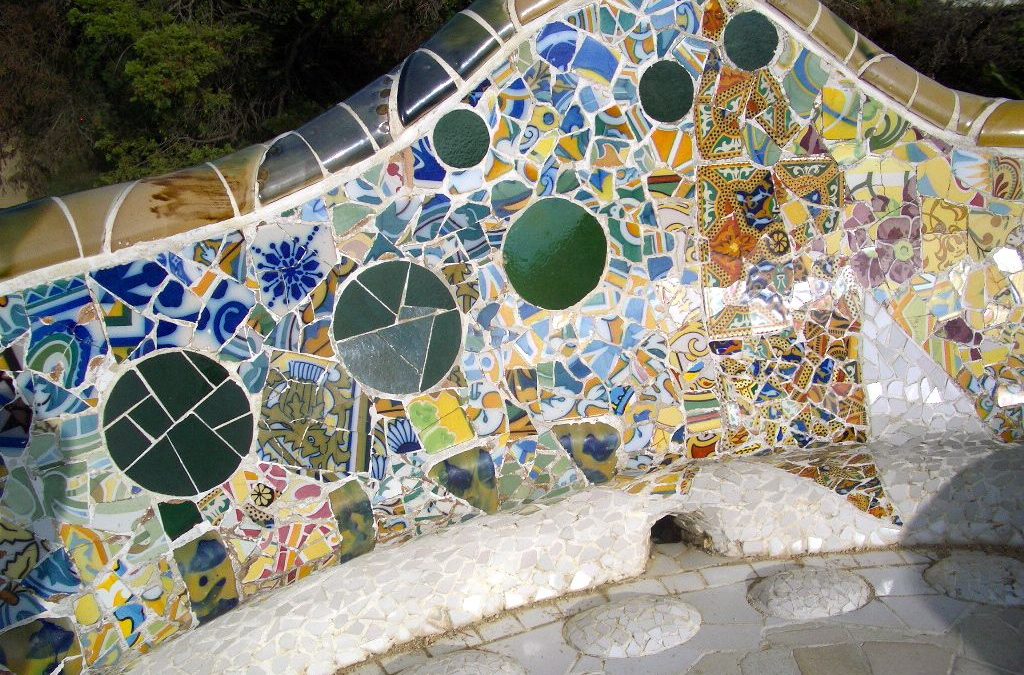

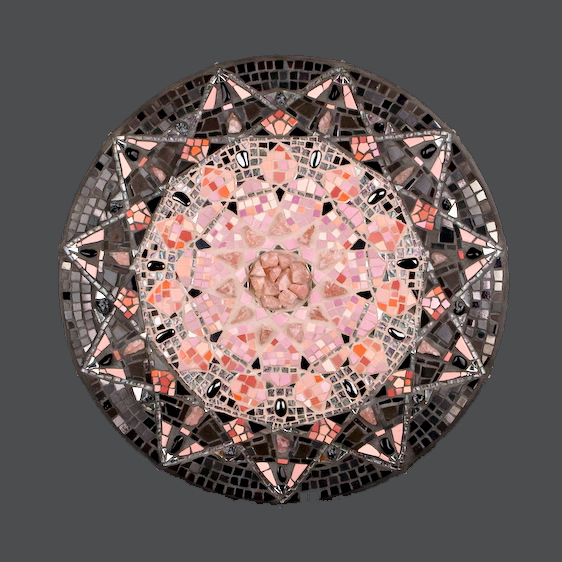
Brilliant. Provocative. Well researched. Most excellent post and I hope to see it go places!
Thank you Nancie, you are always an early supporter of my articles, and really appreciate your re-posts and links!
Fascinating article!
Finding the history of what I often take for granted is exciting, and I appreciate the depth of research in this article!
Really enjoyed this article Lillian…thank you for your research and also for putting into words the meditative and healing qualities brought about by making mosaics. I’ve been personally thinking a lot lately about “the pattern-seeking brain.” Your scholarly insights are very inspiring.
thanks very much for taking time to comment, I’m glad you enjoyed the article and viva Gaudi!
thanks Mariellen for your comment. It’s encouraging to learn that mosaic making in a healing environment is nothing new.
This is a wonderful article! Thank you for pulling it together and sharing it. I never knew this about Gaudi nor did I ever give thought to mosaic making as healing – I learned something new today. I am so happy you gave me this link. I love the images of the benches at Park Guell.
hi marina, thanks for reading! Yes, even more today we see mosaics as a useful tool in clinical art therapy settings and beneficial for people just looking for a hobby. There’s the contemplative aspect of placing piece by piece, and the neural pathways fire up by simply working with the hands, color, pattern. Recently, there are neurological studies showing the benefits of making art.
I’m so much more interested in this now.. I do have a page bookmarked from The Getty about Mosaikon. I need to get into it and read about the excavations. I saw some such excavations in the Met NY a few years ago. It’s really amazing to see these works of art and to discover the studies now… Thank you! This is a very inspiring post and subject.
This is fascinating Lillian, I learned more right here than I did when I was in Barcelona and visited Park Güell.
“Based on parabolic curves” is incorrect.he based the work on catenary curves, which while similar to a parabola are a different curve, based on the natural curve produced by a hanging chain.
Fascinating read – wonderful information.
Fascinating article – thanks so much. I have always suspected that mosaic making has a positive influence on mood but I hadnt realised that it is actually neurologically understood to be beneficial.